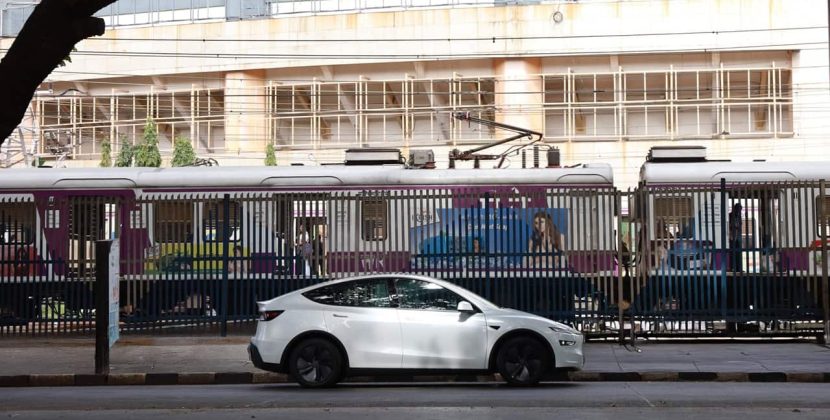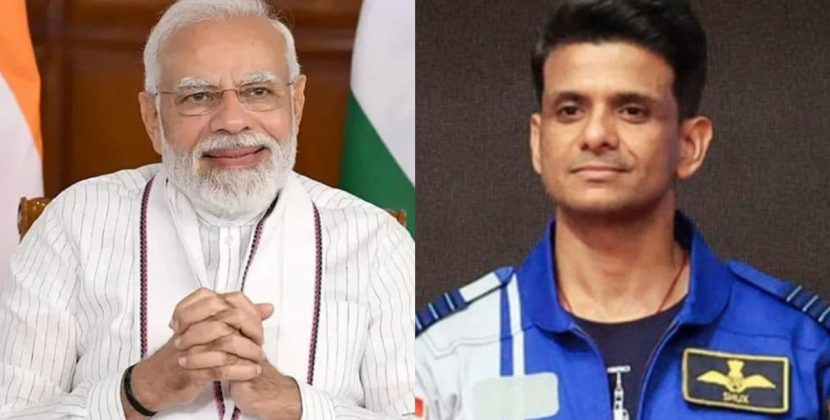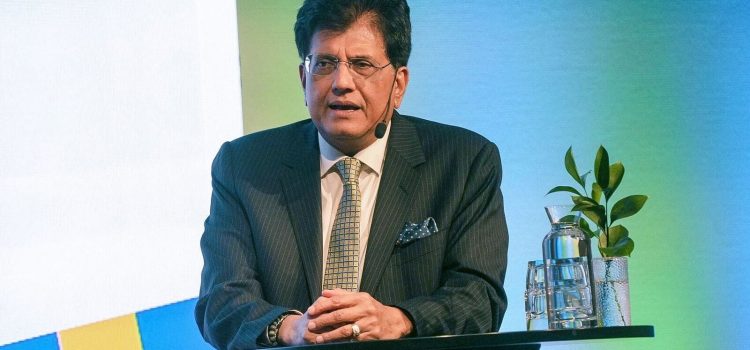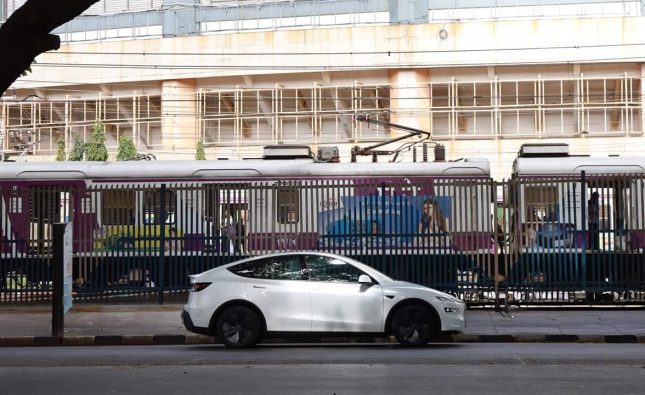
Though India has drawn red lines around its sensitive sectors—agriculture, dairy, and genetically modified (GM) food—the US continues to push for significant concessions. It has signalled a potential 6% duty relief from the 16% reciprocal tariff hike announced on 2 April, which remains on hold until 9 July.
However, three people familiar with the matter said that even if partial relief is granted, the baseline 10% tariff will continue, and an additional 10% duty—carved out from the original 16%—could still be imposed if India does not allow greater market access to these redlined sectors, something Indian negotiators have firmly rejected.
This uncertainty follows Commerce Minister Piyush Goyal’s statement on Friday that India is ready to sign the pact “only if it is in the interest of the country.”
Limited tangible gains
Indian officials are concerned that despite multiple policy shifts aimed at signalling openness, tangible gains from Washington remain limited. “India has made several gestures, starting with the Union Budget, to improve the trade climate. But feedback from the US side suggests their focus remains largely on pushing exports,” said the first of the three people cited above.
India is also reassessing the timing and framing of pending policy measures thought to be sensitive to American tech interests, including the Digital Competition Bill, a comprehensive e-commerce framework, and new income attribution rules for non-resident enterprises, Mint reported on 30 June.
The recalibrations are being considered to align with broader trade deal goals and demonstrate India’s commitment to regulatory transparency and investment facilitation.
New Delhi aims to finalize the agreement before the US’s 9 July reciprocal tariffs deadline. The US wants India to reduce duties on its agricultural and dairy goods, ease entry barriers for shrimp, and eliminate non-tariff curbs on dairy exports.
The US remains India’s largest export market. In FY24, India exported goods worth $77.52 billion to the US—18% of total exports ($433 billion)—while imports stood at $42.2 billion, resulting in a $35.32 billion trade surplus. In FY25, exports to the US rose 11.6% to $86.51 billion, while imports grew 7.4% to $45.33 billion, widening the surplus to $41.18 billion, commerce ministry data showed.
Moves to ease tensions
In a calibrated move to ease trade tensions, India announced a round of tariff cuts in the Union Budget presented on 1 February—before the formal launch of the Bilateral Trade Agreement (BTA) through a joint statement on 13 February.
The average customs duty was reduced from 11.65% to 10.66%, with cuts spread across technology, automobiles, industrial inputs, and space-linked imports.
Duties on motorcycles were cut from 50% to 40% (for engines below 1,600cc) and to 30% (above 1,600cc). Mobile phone parts and LCD TVs also saw reductions, while import taxes on satellite installation equipment—including spares—were eliminated. Lithium-ion batteries were reclassified as core auto components, making them eligible for incentives.
Duties on synthetic flavouring essences were slashed from 100% to 20%, fish hydrolysate from 15% to 5%, and several waste and scrap items saw their 5% duty eliminated—benefiting $2.5 billion in US exports to India.
Among the politically sensitive concessions, bourbon whiskey saw its import duty reduced from 150% to 100%, just before the Prime Minister’s visit to the US in February. Harley-Davidson motorcycles also benefited from a tariff cut—from 50% to 30%—announced in the Union Budget.
Ethernet switches under the ‘carrier-grade (others)’ category—a major US export segment worth $653 million in FY24—saw duties halved from 20% to 10%.
India also withdrew the 6% equalization levy or ‘Google tax’ on foreign digital firms, a key concern for US companies. It revised safe harbour rules to offer more tax incentives to EV and battery manufacturers. Lithium-ion batteries for EVs and hybrids were reclassified to qualify for additional incentives.
Not at cost of critical sectors
“There’s a noticeable shift in India’s approach to trade negotiations with the US compared to earlier rounds. While this may be part of a broader global positioning strategy, it should not come at the cost of India’s critical sectors,” said a former commerce ministry official, the second of the three people cited earlier, who requested anonymity.
“It now appears that negotiators are making greater efforts to seal a deal—unlike in earlier times, when the stance was more firm and clear: if the trading partner didn’t agree to core interests, India was willing to walk away,” this official said.
“Despite Trump’s frequent criticism of India’s tariff policies, duty reductions suggest a shift towards facilitating US exports,” said Ajay Srivastava, former Indian Trade Service officer and co-founder of the Global Trade Research Initiative (GTRI). “India is making calculated moves to ease trade amid a tense global environment, especially in sectors like technology, auto, electronics, and waste recycling,” he said.
Another move aimed at supporting bilateral trade came in March, when the Directorate General of Foreign Trade (DGFT) extended the export obligation period for walnuts under the Advance Authorization scheme from 180 days to 18 months—bringing it in line with most other products.
This is expected to benefit the US, which accounted for 66.8% of India’s walnut imports in 2024, valued at $1.07 billion. “With a longer timeframe to process and re-export walnuts, Indian traders can plan imports more efficiently,” Srivastava said.
Despite these gestures, Indian officials say they are cautious about fast-tracking policies that might compromise regulatory freedom. One such measure is the e-commerce policy, which has drawn strong interest from Amazon and Walmart-owned Flipkart. “The policy, originally due in 2023, is likely to be deferred,” said the third person cited above. “Given the shifting global scenario, this isn’t the right time.”
Clearing the decks for the entry of US satcom major Starlink is also seen as a measure to woo the US leadership. The move signals India’s willingness to accommodate key American business interests, especially in strategic sectors like telecommunications and digital infrastructure.
Unlikely to benefit
Trade experts believe these concessions are modest and won’t significantly narrow the US trade deficit—the key objective behind Trump’s reciprocal tariff drive.
“President Trump expects much bigger gains from India. These are minor in his view—crumbs, not concessions,” said Biswajit Dhar, economist and trade expert at the Council for Social Development. “His priority is cutting the trade deficit, and that can only happen if the US substantially increases exports to India.”
Washington has shown no sign of easing tariffs on Indian metal exports. As first reported by Mint on 3 April, India opted for dialogue over retaliation. As per another Mint’s report, the first tranche of the BTA had reached Trump’s desk after being cleared by US Trade Representative Jamieson Greer.
However, optimism has faded amid signs that Trump 2.0-era tariffs of 50% on Indian steel and aluminium may remain in force during this phase of the agreement.
“The current 50% US tariff on Indian steel is likely to stay unless the BTA explicitly includes a waiver—similar to what the US offered the UK. Without such a concession, Indian steel exports to the US will likely remain stagnant. While the short-term revenue impact may not be severe, it represents a missed strategic opportunity in a high-value market. Countries like South Korea, Japan, and Vietnam, which may secure preferential access, could gain at India’s expense,” said Ravi Saxena, CEO and founder of Wonderchef, a kitchen appliance company.











